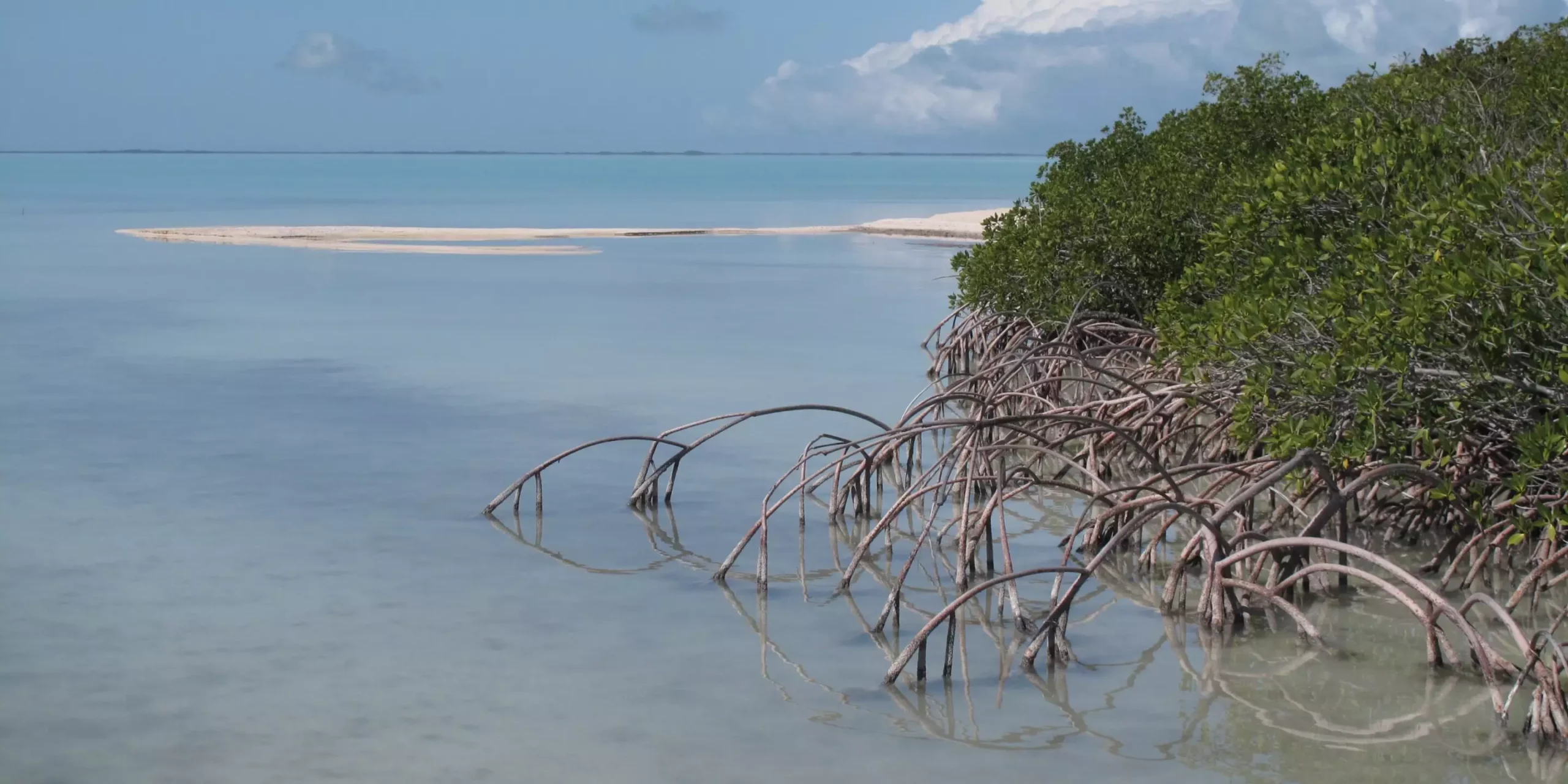Recent scientific investigations have highlighted a critical environmental issue: the rapid increase in sea surface temperatures, particularly in South Florida. With substantial implications for marine ecosystems, the findings from studies conducted by researchers at the University of South Florida College of Marine Science warrant urgent attention and action. The alarming rate of temperature rise not only exceeds global averages but also poses serious risks to the delicate balance of marine life that thrives in these vital estuarine environments.
A combination of detailed satellite analyses and ground-level observations has unveiled that South Florida’s estuarine waters have experienced a remarkable surge in temperatures over the past twenty years. The culmination of this troubling trend was a record-breaking marine heat wave observed in 2023. The researchers documented that sea surface temperatures in prominent estuaries, including Florida Bay, Tampa Bay, St. Lucie Estuary, and the Caloosahatchee River Estuary, soared at a staggering rate—70% faster than the Gulf of Mexico and an astonishing 500% quicker than the global ocean average. Such discrepancies are not trivial; they signify a brewing crisis in the region’s marine health.
Estuaries serve as critical nurseries for a myriad of marine species, offering safe haven for young fish and other aquatic life. The rising temperatures pose direct threats to these environments. For instance, essential habitats like seagrass meadows, foundational to the marine ecosystem, are becoming increasingly vulnerable. Moreover, the adjacent waters of the Florida Keys, known for their lush coral reef systems, are likely to also suffer detrimental effects due to heightened water temperatures. As Professor Chuanmin Hu aptly noted, the sensitivity of algae, seagrass, and coral to temperature fluctuations could lead to dire outcomes. Warm waters encourage the proliferation of algae blooms, which can suffocate seagrass and stress coral, potentially leading to large-scale die-offs.
In light of these concerning findings, the researchers are keen to collaborate with various agencies, including the Florida Fish and Wildlife Conservation Commission and the National Oceanic and Atmospheric Administration. The goal is to deepen the understanding of how rising water temperatures might affect seagrass and coral populations specifically in South Florida. Such partnerships are crucial, as they may drive policy changes aiming for conservation and the adaptation of marine management strategies.
To comprehend why South Florida estuaries are warming at such an accelerated pace, researchers are investigating multiple contributing factors. Variables such as evaporation rates, the heat capacity of the water, and the residence time—the duration water spends within an estuary—are all under scrutiny. Intriguingly, no singular cause has emerged as the dominant influence, which indicates a complex interplay of environmental dynamics at work. Additionally, researchers noted that this unique warming trend has not been observed in other estuaries across the broader region, sparking a further inquiry into what distinguishes South Florida’s estuarine systems.
As researchers continue to delve into the peculiarities of South Florida’s warming estuaries, an essential question persists: How long will this accelerated warming continue? There is a growing concensus among scientists that eventually, the rates of warming in these coastal waters may stabilize relative to the Gulf of Mexico. However, until that balance is achieved, the focus remains on understanding the ongoing changes and their ramifications for local marine life and ecosystems.
The troubling data emerging from South Florida demands immediate action and enhanced awareness regarding climate impacts on marine environments. Collaborative research efforts, ongoing monitoring, and effective policy initiatives play a pivotal role in conserving the unique and diverse ecosystems found within South Florida’s estuaries. With rising temperatures threatening the fabric of marine life in these waters, it becomes a shared responsibility to advocate for sustainable practices towards the preservation of these essential natural resources.

